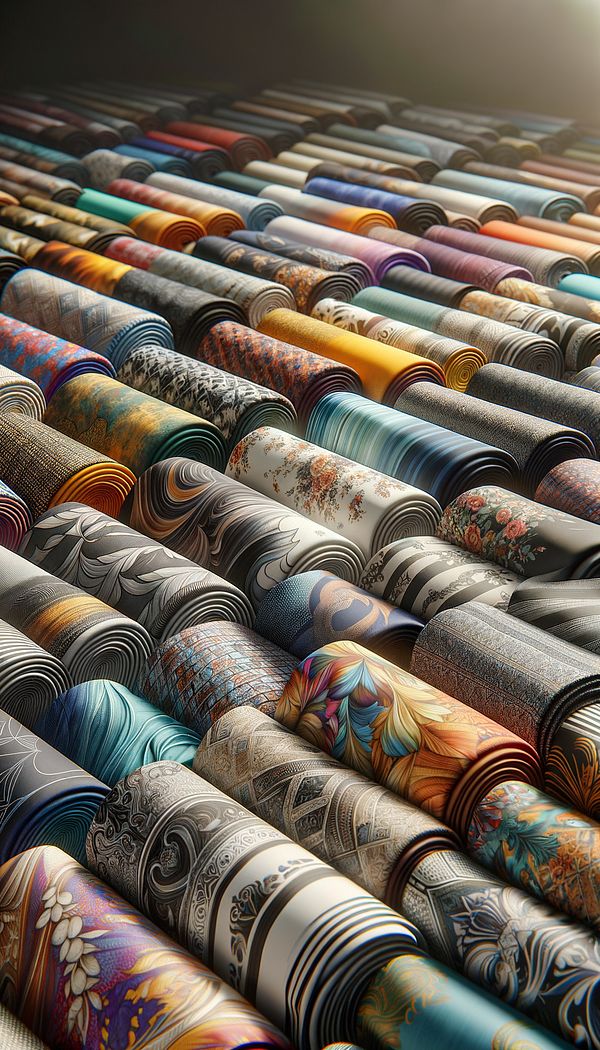What is Printing?
Printing is the process of transferring designs or patterns onto fabric or other surfaces.
Description
In the realm of interior design, printing stands as a versatile technique used to embellish various materials, including fabrics, wallpapers, and decorative items. This process involves transferring ink or dyes onto surfaces through various methods, such as digital printing, screen printing, and block printing. Each method offers unique possibilities in terms of design complexity, color vibrancy, and texture, allowing designers to achieve highly customized and distinctive looks for interior spaces.
Digital printing, for instance, allows for intricate designs and a vast array of colors, making it ideal for producing detailed patterns on textiles and wallpapers. Screen printing, on the other hand, is often used for larger, more graphic designs, offering a more hands-on approach and the ability to incorporate special inks and finishes. Block printing, a more traditional method, adds a unique handmade quality to materials, with the beauty of slight imperfections lending character and warmth to the design.
The choice of printing method can significantly influence the overall aesthetic and atmosphere of a room. It allows designers to introduce color, texture, and pattern in ways that can either complement the existing decor or become a focal point within a space.
Usage
Printed designs can be found on a variety of interior design elements, from the upholstery on a sofa to the pattern on a wallpaper. Printing allows for a diverse range of styles, from geometric patterns and floral designs to abstract and bespoke motifs, enabling customization to fit any design theme or color and [[patterns|color scheme]].
FAQs
-
What are some common printing methods used in interior design?
Common printing methods include digital printing, screen printing, and block printing, each offering different advantages in terms of design possibilities and finishes.
-
Can printing be used on different types of materials?
Yes, printing can be applied to a wide range of materials, including textiles, paper, metal, and glass, enhancing their aesthetic appeal and functionality.
-
How does printing contribute to sustainable interior design?
Printing can contribute to sustainability by using eco-friendly inks and dyes, recycled materials, and employing techniques that reduce waste, aligning with eco-friendly design goals.
Practical Application
When considering incorporating printed designs into your interior, think about the overall look you wish to achieve and the feeling you want to evoke. Consider the scale of the pattern, the color palette, and the texture of the printed material. It's also important to choose printing methods and materials that align with the durability requirements of the project, especially for high-traffic areas or surfaces that require frequent cleaning.
-
Decorative Techniques322 articles
-
Materials & Textiles360 articles
-
Color & Patterns154 articles
-
Textiles & Upholstery252 articles
-
Wall Treatments & Finishes157 articles
-
BurlBurl is a tree growth in which the grain has grown in a deformed manner.
-
VoileVoile is a lightweight, sheer fabric, often used in soft furnishing and garments.
-
Japanese StyleJapanese Style in interior design refers to an aesthetic that emphasizes minimalism, natural materials, and a strong connection with nature.
-
Accent WallAn accent wall is a wall that is designed to stand out from the surrounding walls in a room.
-
BoiserieBoiserie is a French term that refers to intricately carved wood paneling used for walls.
